Contents [hide]
Each time we get sprinkled with holy Water, dipping our fingers in a holy water font and cross ourselves, we remember our Baptism.
Since we were children, they taught us that each time we enter a Church, it is important that we dip our fingers in the holy water font and cross ourselves with the holy water.

It is a way to recall the mystic value of our Baptism and to remember how we’ve effectively become part of the Church. By sprinkling ourselves with that holy water, we receive the sacramental grace we received then once again, being born again within the Lord. It like we are renovating our commitment, our will to belong to the people of Christ, to which we belong since the moment we are baptized. And just like Baptism is the sacrament of salvation, being sprinkled by the holy water brings us into direct contact with Jesus. In John’s Gospel, Jesus tells the Samaritan woman: “If you knew the gift of God and who it is that asks you for a drink, you would have asked him and he would have given you living water” (John 4, 10). The ‘living water’ Jesus talks about is himself. Water has always been of fundamental importance in the Sacred Texts as symbol of salvation and purification. Liturgy made this spiritual dimension of water its own, making it one of its most important symbols, with the Sacrament of Baptism, and by making holy water a Sacramental.
Holy Water as Sacramental
Holy Water is one of the Sacramentals, the sacred sings declared by the Church in order to obtain spiritual benefits. They are cults that can be related to Sacraments to many extents, with the only difference that the latter come from a divine order, while Sacramentals are declared by the Apostolic See.
‘Holy Mother Church has, moreover, instituted sacramentals. These are sacred signs which bear a resemblance to the sacraments. They signify effects, particularly of a spiritual nature, which are obtained through the intercession of the Church. By them men are disposed to receive the chief effect of the sacraments, and various occasions in life are rendered holy’ (Catechism 1667)
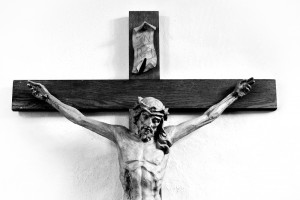
Two other very important sacramentals that should never be missed in a faithful’s home, such as the holy water, are the crucifix and the blessed salt. Sacramentals have a powerful spiritual effect, and are necessary to sanctify many daily gestures and situations. They are almost like prayers driven by objects in order to obtain God’s benevolence in various circumstances. We must not think of them as magical object though! The object itself carries no power, but the Church attributed a spiritual power to them, therefore Jesus acts through them.
How to use Holy water
Simple devotees can use holy water to cross themselves when they enter a church, dipping their fingers in the font and storing bottles with holy water at home. That allows for a more frequent connection with Jesus, and lets them protect their homes from negative and evil influences.
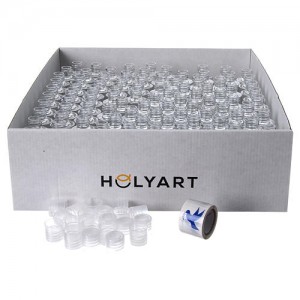
Holy water is also tied to particular rituals. In fact, it can be used to consecrate, bless and exorcise, but only an ordered minister, or someone acting under his guidance, is allowed to perform such actions. The same is valid for the sprinkling of holy water on coffins during funerals.
- Consecrate: it means giving a permanent blessing. It can be performed on objects, places or even people. Once something or someone has been consecrated, it belongs to God.
- Bless: it means invoking God’s protection over someone or something. The Church often uses holy water to bless devotees during Sacraments and ceremonies. Pope Lion IV (847-855) introduced the practice of blessing and sprinkling devotees with holy water every Sunday.
- Exorcise: as all other sacramentals, holy water is very effective as protection from Evil. That is why it is largely used during exorcisms, but also when someone wants to escape from evil.
How NOT to use holy water
Using holy water, or any other Sacramental or sacred symbol, in an inappropriate way is a serious sin, in some cases it can also be a blasphemy. Non-Catholics often take advantage of the carelessness or ignorance of devotees to discredit them and their beliefs, by taking advantage exactly of the mistakes and levity in using such symbols and rituals. It is very easy to fall into superstition while using sacraments and sacramentals in a wrong way. We cannot force God to give us all we wish just because we behave well, let alone with magic formulas and improvised home rituals!
Holy Water has no magical power. It’s not a medicine, it is not good to clean your house nor to keep evil eye away if we carry it in our pockets or to our necks like a lucky charm. Only God can decide what we deserve or not, what has to happen to us, whether good or bad. The only real ‘magic’ for a Christian is to trust His will, humbly accepting it with abnegation, do his or her best to deal with the burden He chose for us, and of course, treasure every talent and lucks he puts on our path. Everything else does not matter. Therefore, holy water has a meaning only if interpreted as part of the Christian path, as a precious element of salvation and connection with Christ and our Baptism. Any other interpretation and use belong to the superstition sphere, if not even blasphemy or sacrilege, when holy water is used to practice spells and occult rituals.
Holy water and Holy water fonts in history
As we were saying above, water has always been important in the Sacred Texts. It also had an irreplaceable practical use: washing, cleaning the body and make it ready for the ritual. Before entering the Church, the first Christians needed to wash their hands thoroughly. For that reason, in the Church hall, which was once very big, there was a fountain, the so-called cantharus or phiala. We can still see a very big and famous one in Rome, today preserved in the Vatican Museums. It is a bronze pine cone almost 4 meters high, which used to be placed next to the Pantheon in the I century. After many relocations, it finally found its final place in the ‘Cortile della Pigna’ (Pine cone courtyard).
Throughout centuries, the architecture of churches changed, and the hall became smaller and smaller. Fountains left their spots to small basins right at the church entrance. This is how holy water fonts were born.
In the regulations by Saint Charles Borromeo about what holy water fonts should be like, we can read: ‘The vessel intended for holy water … shall be of marble or of solid stone, neither porous nor with cracks. It shall rest upon a handsomely wrought column and shall not be placed outside of the church but within it and, insofar as possible, to the right of those who enter. There shall be one at the door by which the men enter and one at the women’s door. They shall not be fastened to the wall but removed from it as far as convenient. A column or a base will support them and it must represent nothing profane.’
Aspergillum
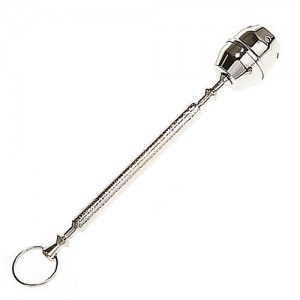
The aspergillum (from Latin asperges) is a sacred object. It is used to sprinkle people or objects with holy Water. It is usually shaped as a paintbrush or a small perforated sphere, connected to a metal handle with a tank containing holy water. In both cases, it is a modern version of the instrument. Originally, they used a small bucket with holy water and an ‘aspergillum’, which was dipped into it, and was used to sprinkle the gathered people. The antiphon singed during the sprinkle comes from the Psalm 50: «Asperges me Domine hyssopo et mundabor, lavabis me et super nivem dealbabor».

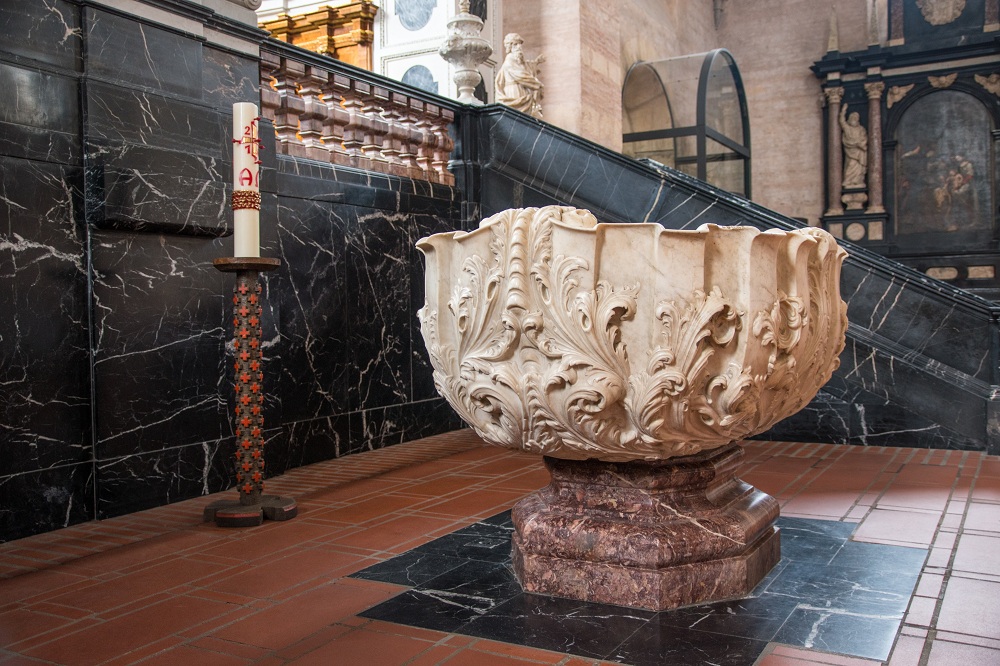
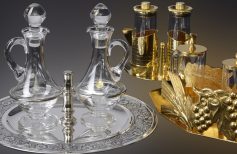
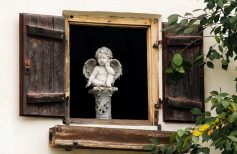
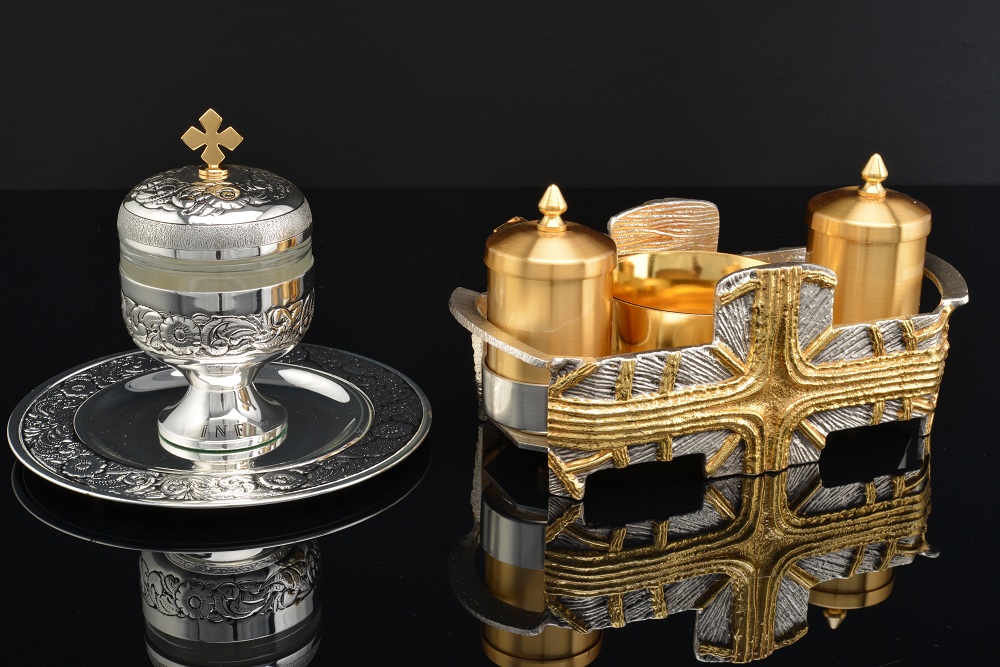
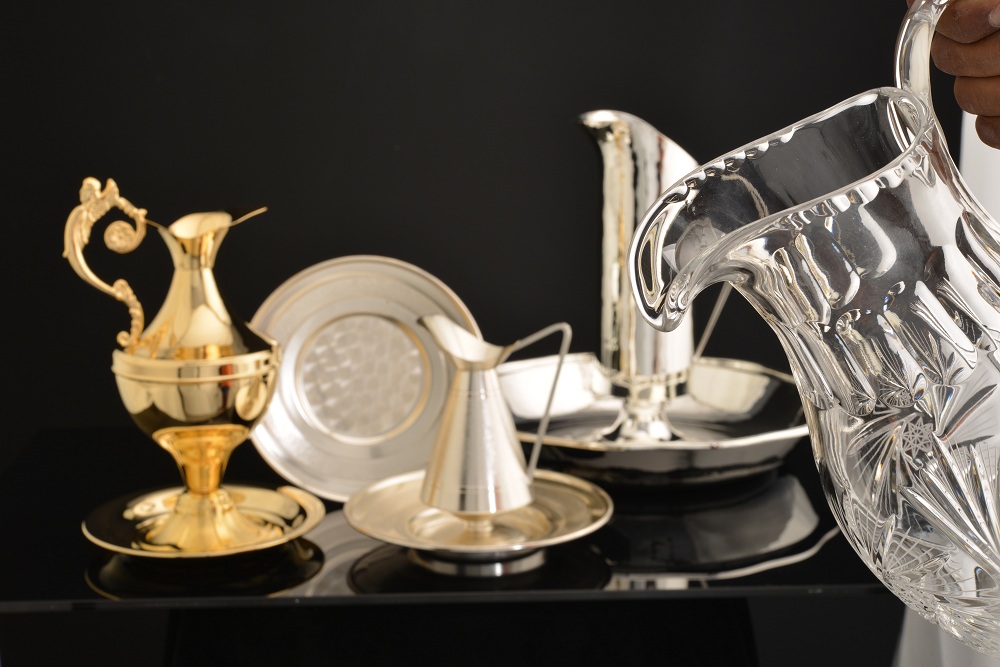

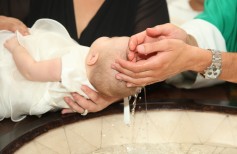

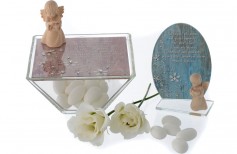









 19 March 2025
19 March 2025






